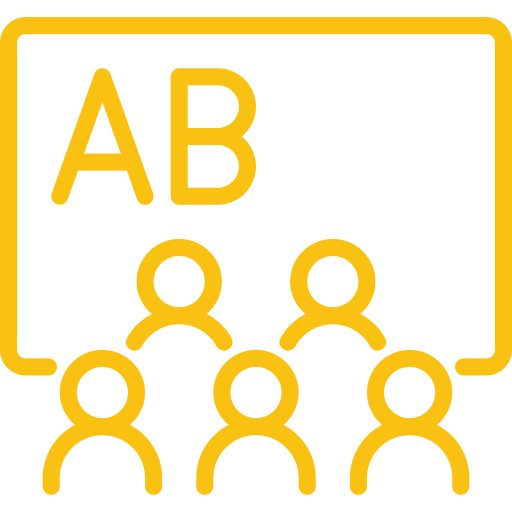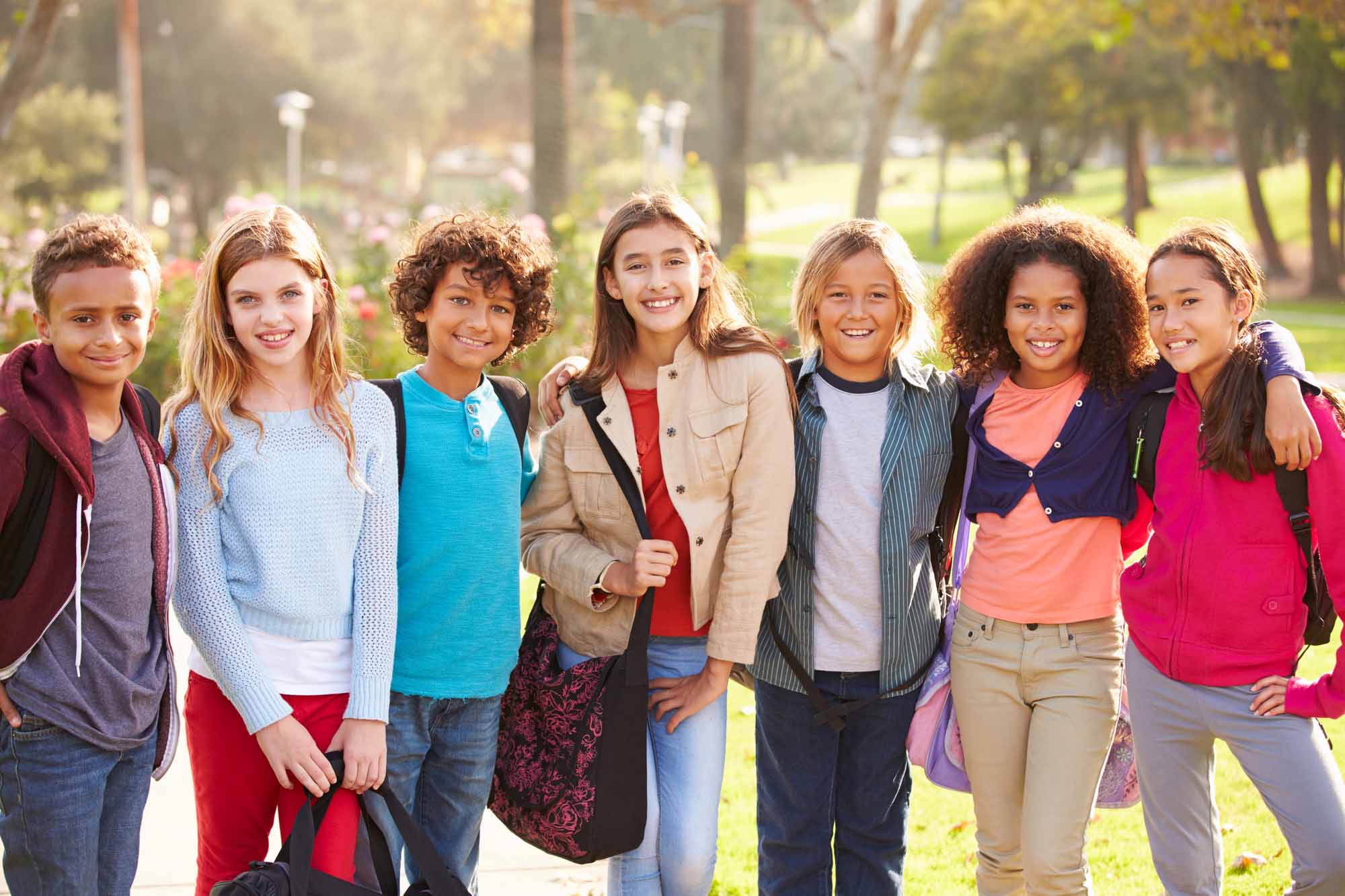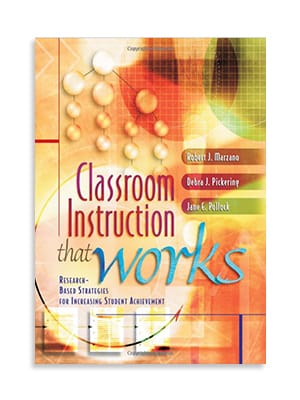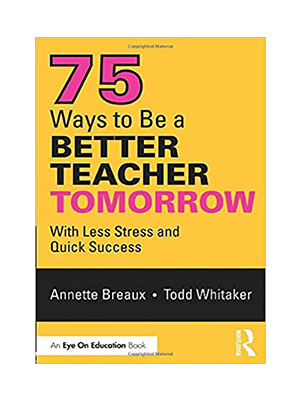Our students’ friendships and connections in school are vital to their wellbeing. Kids who feel connected to their teachers and peers report more positive feelings about school, their lives, and their futures. While we often think of “friendship-building” as primarily an elementary or middle school skill, the fact is that many older students struggle to make and maintain friendships, too. We cannot assume that just because students are in high school that they have everything figured out when it comes to friendships. Whether due to a school change, a falling out with old friends, or lost connections due to recent school closures, many students are returning to our schools this fall without a strong social network. This is why it is important for teachers at every level to think about how their practices foster and support peer connections. Below are some suggestions that work well even with older students.
Strategies to Help Students Build Connections in School
1. Learn about Your Students’ Social Lives
A survey or journaling activity at the start of the year can help us better understand the social needs of our students. Depending on our students’ ages, we might ask questions like: Do you have a teacher or coach you feel you could go to for advice or support in school, if needed? Do you have a friend you can rely on to be there for you in school? Are there students in our class you would like to work with in a small group this year (if so, who)? Answers to questions like these can reveal which students may need some extra support in making connections either with peers or other teachers.
2. Make the Most of Group Work
For students that lack positive connections in school, group work can be a lifeline. While students might not become best friends with their group members in a social studies class, just knowing a few kids’ names and feeling known to others can make school feel safer and more comfortable. As teachers, we can structure group work to help students build more meaningful connections with their peers. Here’s how:
- Assign groups: While we might assume that students prefer to pick their own groups, the reality is that for anxious students or those that feel disconnected from their peers, this sort of “free-for-all” process is stressful. It’s much better to assign students to groups so every child feels they have a place.
- Provide choice: On the first day of class, give every student a notecard and ask them to list a maximum of three students they would like to work with in groups. (Let them know it’s okay not to list anyone, too.) Use their feedback to strategically assign groups, pairing students with at least one person they know and one person they don’t to increase their connections in class. This also helps break up big social groups that may dominate or intimidate other classmates.
- Encourage connections: Provide structured activities to help group members get to know one another. You might start by having students share their names and birthdays, and then each time they meet you can have them say one another’s name and answer a new question (e.g., tell your partners about your favorite meal before you start the assignment today). Students can also offer suggestions for new questions.
- Maintain consistency: Rather than switching groups every week (or every assignment), give students some time to really connect as scholars and peers. If you are concerned that long-term groups will grow less effective, you can use self-assessment surveys to ask groups how they are doing and make changes as needed based on their feedback.
- Build bridges: If your school provides a student messaging or email service, encourage students to share their contact information so they can ask each other class questions outside of the school day (make sure your admin approves). Online posting boards also work great for this – and this is another way for students to become more familiar with each other in a casual way.
3. Help Students Learn about Each Other
Students grow more comfortable and connected as they share their likes, dislikes, interests, and dreams. While most teachers create opportunities for students to share their ideas, moving too quickly can backfire and leave some students feeling excluded. Rather than jumping into “big” discussion topics right away, let students practice sharing their opinions on less controversial topics that have a limited number of responses. Once students get used to responding in class, you can move on to bigger topics. If possible, also provide a way for students to share their ideas outside of discussion, either through an online or “old-fashioned” bulletin board. This encourages all kids to participate and learn from one another.
4. Keep Students “In the Loop”
Once students reach high school, we often assume they are settled into their favorite sports, clubs, or after school activities. But with COVID-19, many students lost those connections (or never found them). Make a point to remind students about upcoming activities and ways they can get involved – especially events that are easy for beginners to join. And don’t forget about community events, too, such as volunteer and fundraising events. (Tip: Our school kept a simple Google Doc for parents and students with all of the clubs/ activities listed along with contact information for each.)
The stronger the connections students have in their school communities, the better they feel and they better they perform. There are things we can do in our classrooms each day to help every student make and build these important bonds.

























